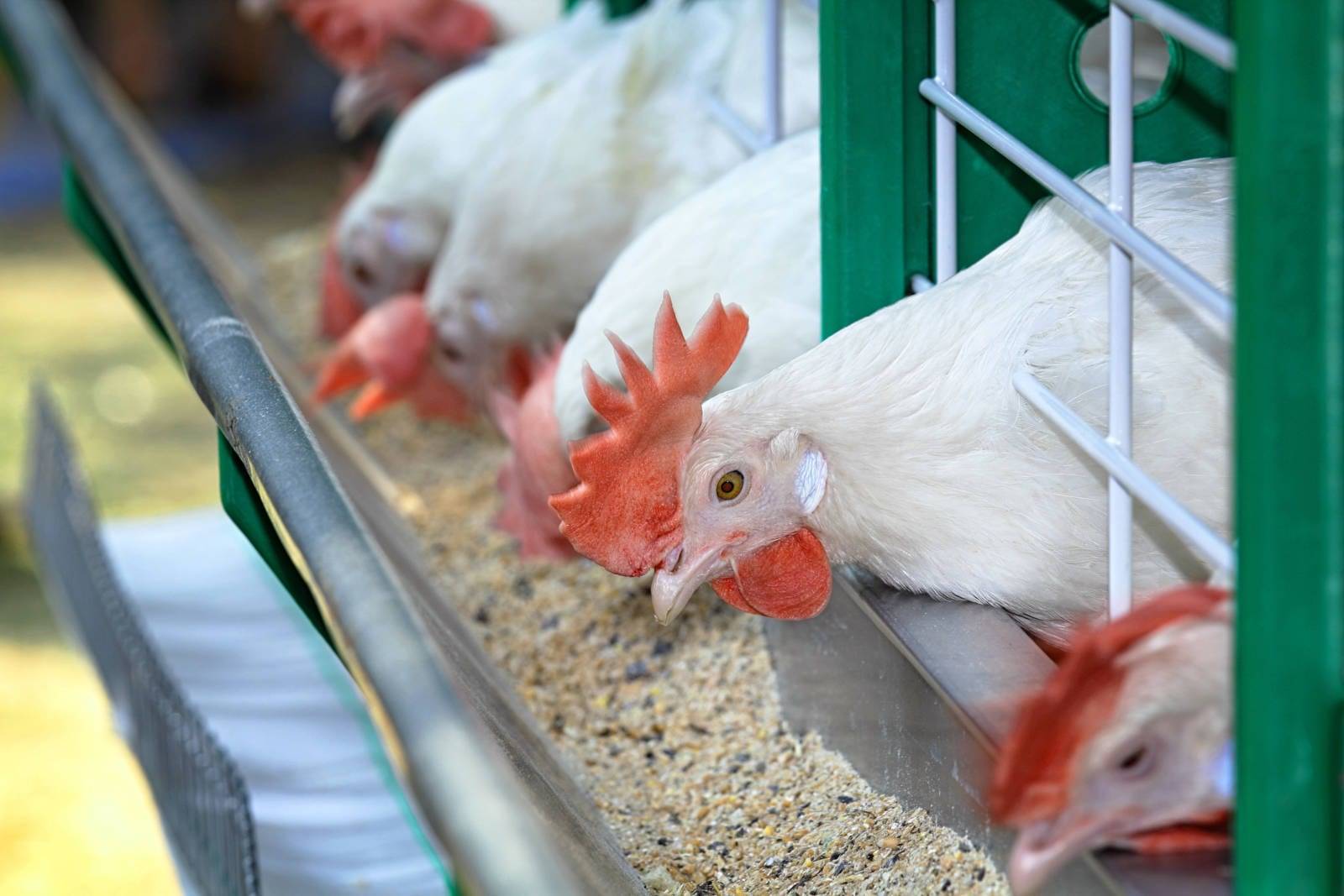As geographical location and growing conditions influence the chemical composition, amino acid profile and energy content of the soybeans, peer-reviewed publications show soybeans from different origins deliver different nutritional values. Couple this along with processing conditions, and scientists can determine the final quality of the soybean meal under evaluation.
Regarding the energy content of feed ingredients, it’s worth noting that feed represents up to 75% of the total production cost with the energy component representing at least 60% of total feed costs. Thus, an accurate estimate of the actual available energy (absorbed fats, carbohydrates and proteins) from the ingredients is required to ensure we meet the animal’s nutrient requirements and optimize performance.
Moreover, dietary energy values depend on the content and digestibility of amino acids and on the efficiency of protein retention in animal products, such as meat, milk and eggs.
For that reason, those working on behalf of the U.S. Soybean Export Council in the Americas region are interested in detecting differences relative to the nutritional composition of soybeans from different origins and the impact on the energy contribution of soybean meals once incorporated in poultry and swine formulations. This will enable the team to help our customers make sound purchasing decisions.
During 2020, we saw differences in the content of crude protein, fiber and fat, and total sugars. Data indicate that the concentration of crude protein was greater in Brazilian soybean meal (SBM) compared to SBM from Argentina and the United States, 48.27%, 46.63% and 47.35%, respectively.
Nevertheless, the concentration of essential amino acids such as methionine, cysteine threonine, and tryptophane per unit of protein was higher for U.S. SBM than for Brazilian SBM. Similarly, the arginine and cysteine concentration was greater in U.S. soybean meal compared with the SBM from Argentina. Also, total sugars and sucrose content was higher in U.S. SBM compared with Brazilian SBM.
Moreover, the apparent metabolizable energy (AMEn, measured as kcal/kg) of SBM, calculated using the CVB (2018) prediction equation for broilers, was higher for U.S. SBM compared with South American SBMs (Graph 1).
Finally, U.S. SBM exhibited less trypsin inhibitor content than Brazilian SBM and the reactive Lys. (total lysine ratio) was greater in U.S. SBM than SBM from Argentina and Brazil, suggesting that SBM heat treatment was effective enough to inactivate trypsin inhibitors (antinutritional factors) without reducing the availability of thermolabile essential amino acids, particularly lysine and cysteine.

